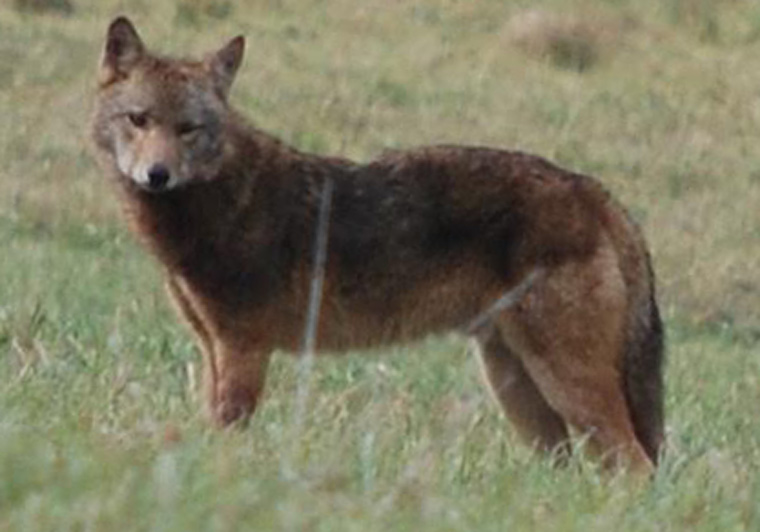- info@wildlife-removal.com
Call us for help in your town
Wildlife Removal Education
Coyotes
Need coyote removal in your hometown? We service over 500 USA locations! Click here to hire us in your town and check prices - updated for year 2020.
The coyote doesn’t have the best of reputations these days. Just a quick look on the internet for the word “coyote” will give you results such as a coyote attacking a family dog in Illinois, or a pet Yorkshire terrier killed by a coyote close to Orlando. Atlanta has similar stories to tell. Something is happening, it would seem.

Are coyotes getting more aggressive?
Once upon a time, the humble coyote would have stayed well away from humans. They’re known for being really shy creatures, and seeing one was almost unbelievable to many, just a decade ago. Fast forward through a few years of deforestation, building up of commercial and residential areas, and other human activity, and the coyotes are fast running out of places to hunt and inhabit.
As much as it could be said that the coyote is getting more aggressive, it is probably more likely the case that coyote-human interactions are happening more and more frequently, with the two species being forced to live in close proximity to each other. The closer coyotes get to human areas, the higher the chances that there will be conflicts between them and humans, as well as other animals — domesticated cats and dogs, chickens, sheep, cows, other pets and livestock.
For many years, the coyote has been seen as a cunning and savvy little beast. They are certainly that. They have learned to adapt, moving into human territories but mostly being undetected. Out in the wild, these creatures would have been much more active during the day, but years of being forced to cohabit with humans has forced them to skulk away into the shadows of the night. It is quite rare to see a coyote out during the day close to human areas, but it’s not unheard of. It is actually more unusual for them to be so nocturnal, but that's out of necessity. Their versatility has given the option to make the most of a bad situation. When they move around during the day, looking for food and doing other coyote business, they come into contact with household pets and humans, and that's something they’d much rather avoid. They won’t always come out the winner of the battle.
What do coyote eat?
As we’ve already mentioned, this opportunistic hunter will jump at the chance of eating practically anything. Your pet pooch or feline friend won’t be safe, especially if they are smaller and more timid than the bigger coyote. Rabbits, chickens in coops, and even small children are all at risk, and that's before you look at the threat of disease transmission.
Coyote usually work together to hunt prey in the wild, especially when they’re coming up against larger and more dangerous animals. They will pounce on the smaller ones — ground squirrels, rats and mice, as well as other smaller mammals. These smaller animals will obviously require less of a need for pack-hunting, but the species has actually learned to work with the American badger. The relationship has been that way for many years, with even ancient civilizations telling tales of the bizarre friendship. There are even videos emerging on social media which seem to show the two species playing and frolicking together, and even laying on and licking each other too.
As a general rule, coyote diets are made up of mostly meat products — ninety percent of it, in fact. As well as the ones we have mentioned, they will also snap up insects and crustaceans, as well as fish they can catch, frogs (but not toads), birds, and even the cubs of black bear if they have the chance and can manage to pull together as a team.
Coyote Predators
Wolves are the biggest predator of coyote, and in areas where wolves have been reintroduced, coyote numbers have declined quite quickly. It is generally considered that a coyote will just about tolerate sharing its territory with a wolf, but the same cannot be said the other way around.
Humans are one of the biggest threats to coyote numbers, but those numbers aren’t a matter of concern for experts. In fact, the coyote is one of the biggest destructive forces for farmers and land owners, especially those with sheep and cattle. As well as direct attacks, the species is known to carry some of the most dangerous and prolific diseases, transmittable to both humans and other animals.
Go back to the Coyote Removal page, or learn tips to do it yourself with my How to Get Rid of Coyotes guide.


















